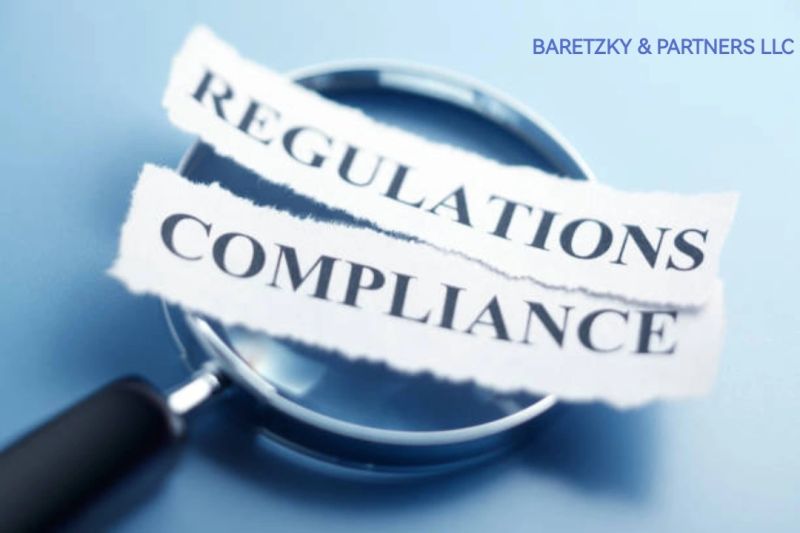
Effective risk management demands a comprehensive understanding of how privacy and security intersect, as both play essential roles in safeguarding organizational assets and reputation.
Privacy in risk management focuses on protecting sensitive personal and organizational information from unauthorized access, use, or disclosure. It encompasses compliance with regulatory frameworks such as GDPR, CCPA, and HIPAA, which mandate stringent data protection measures. Privacy risks often arise from inadequate data handling practices, breaches of confidentiality, or failure to obtain informed consent. These risks can lead to financial penalties, reputational damage, and erosion of stakeholder trust. Thus, risk management strategies must include policies for data minimization, secure storage, and regular audits to ensure compliance.
Security in risk management, on the other hand, emphasizes protecting the organization’s physical and digital infrastructure from threats like cyberattacks, theft, or natural disasters. Security risks include unauthorized access, malware attacks, and insider threats, all of which can compromise the confidentiality, integrity, and availability of systems and data. Risk management frameworks such as ISO 27001 help organizations establish robust security controls, including encryption, multi-factor authentication, and incident response plans.
Integrating privacy and security into risk management ensures a proactive approach to identifying, assessing, and mitigating potential threats. Organizations that prioritize both elements not only comply with legal obligations but also build resilience against emerging risks, fostering trust among customers and stakeholders.
WWW.BARETZKY.NET




















